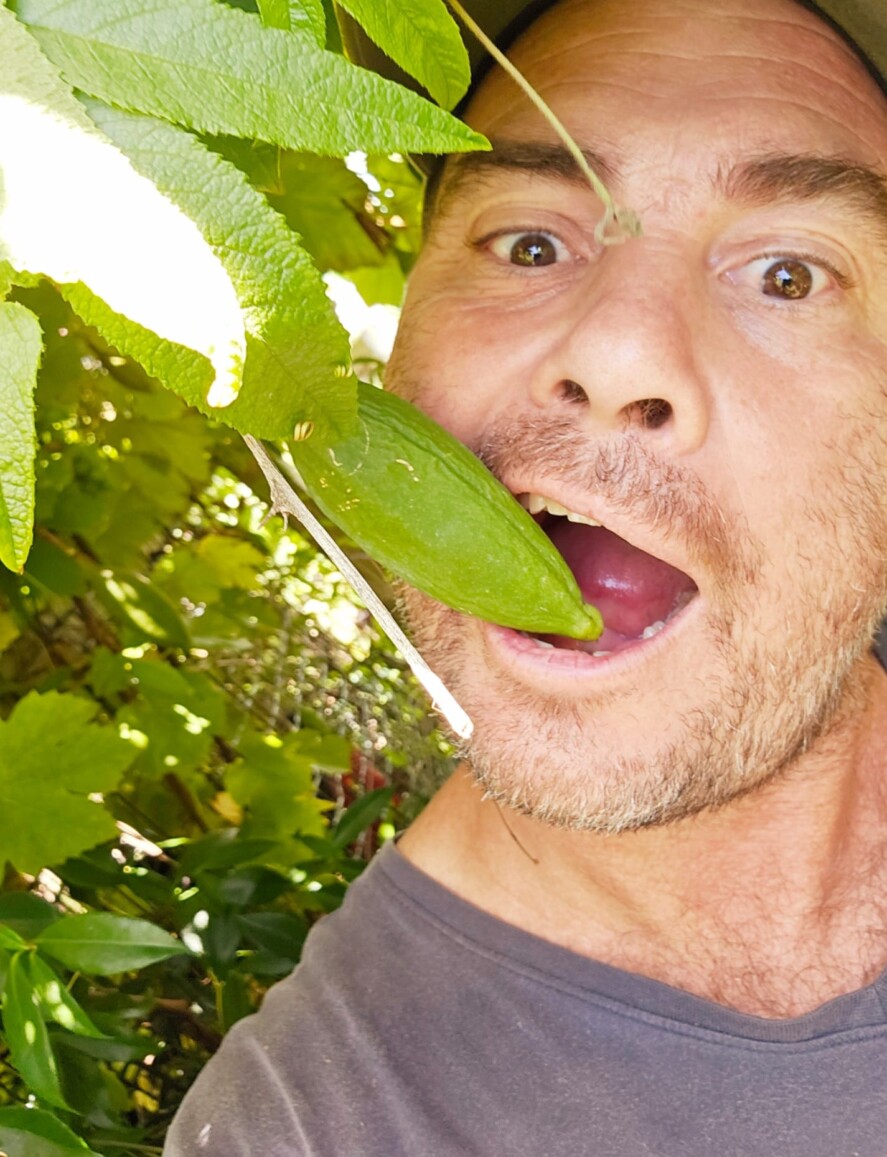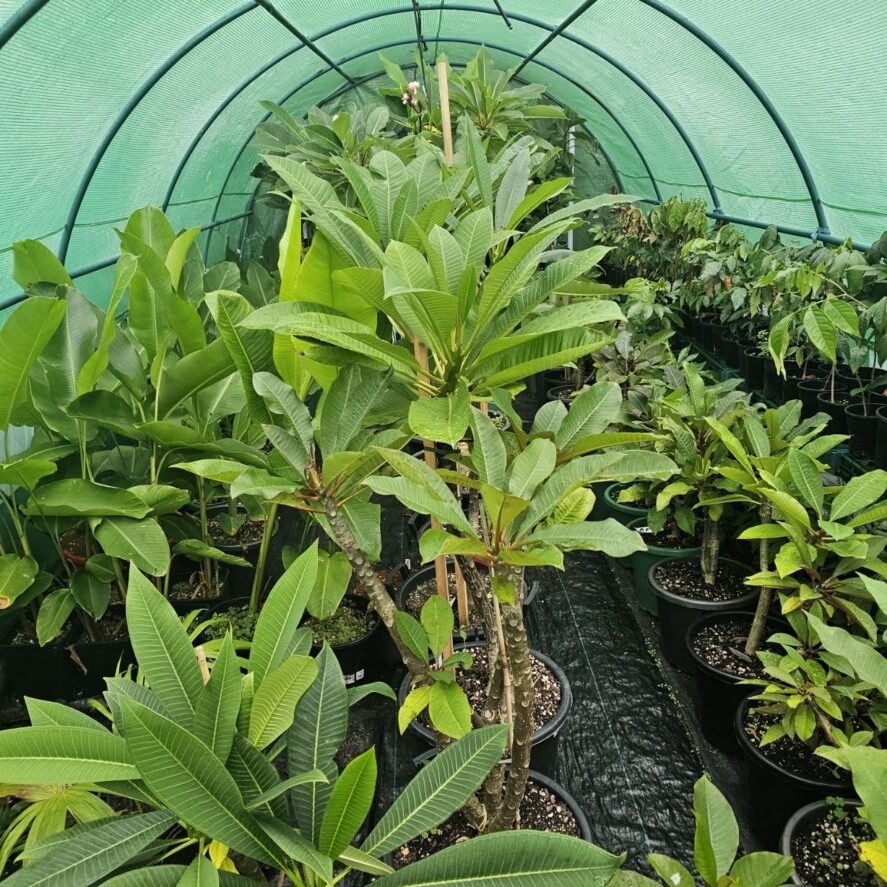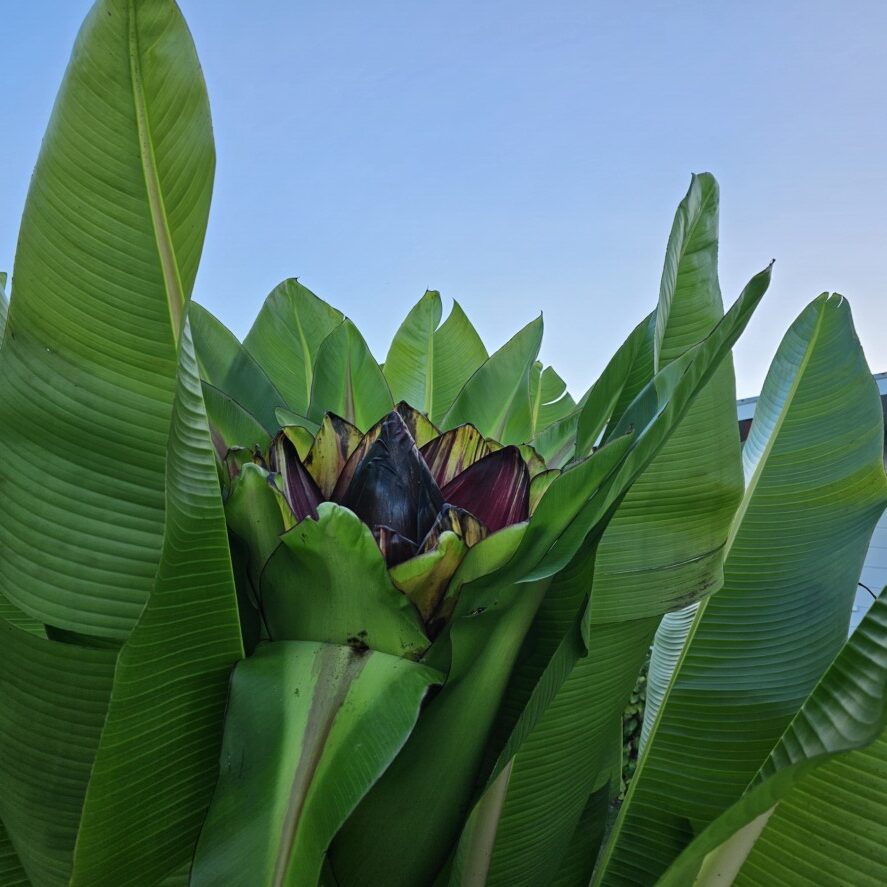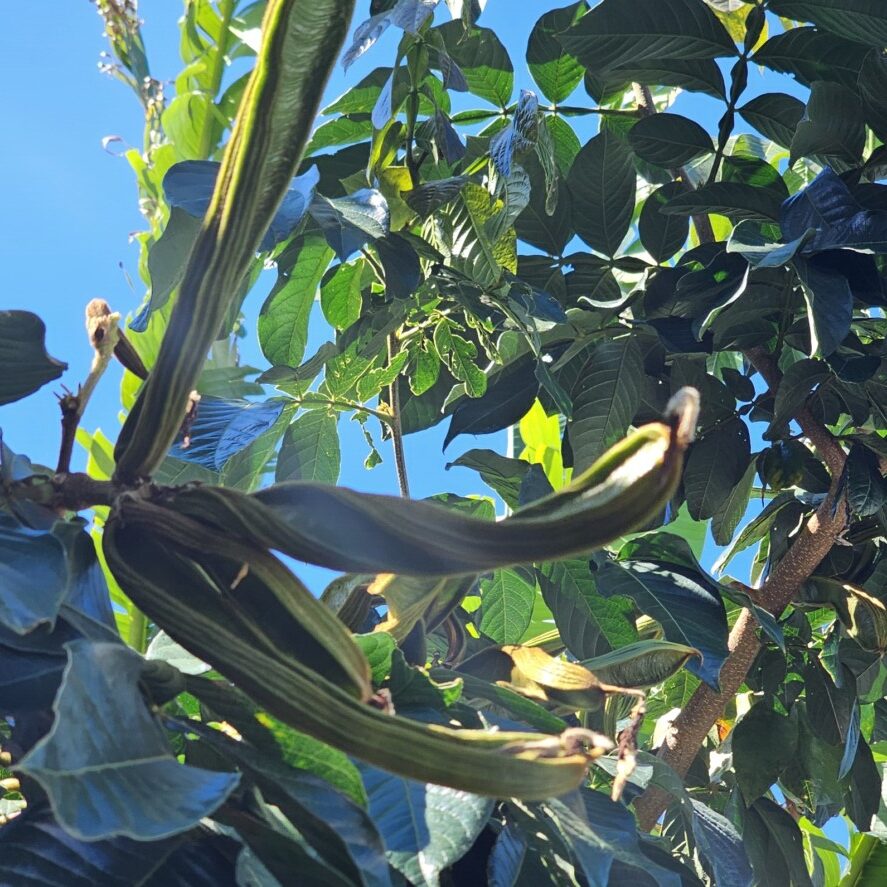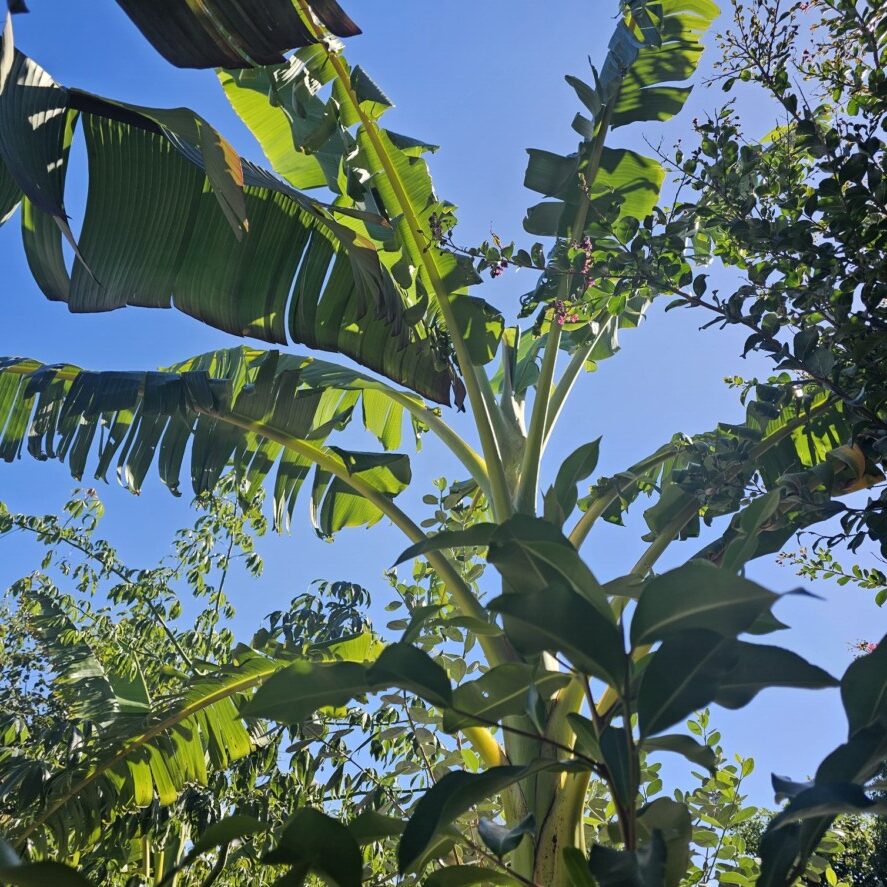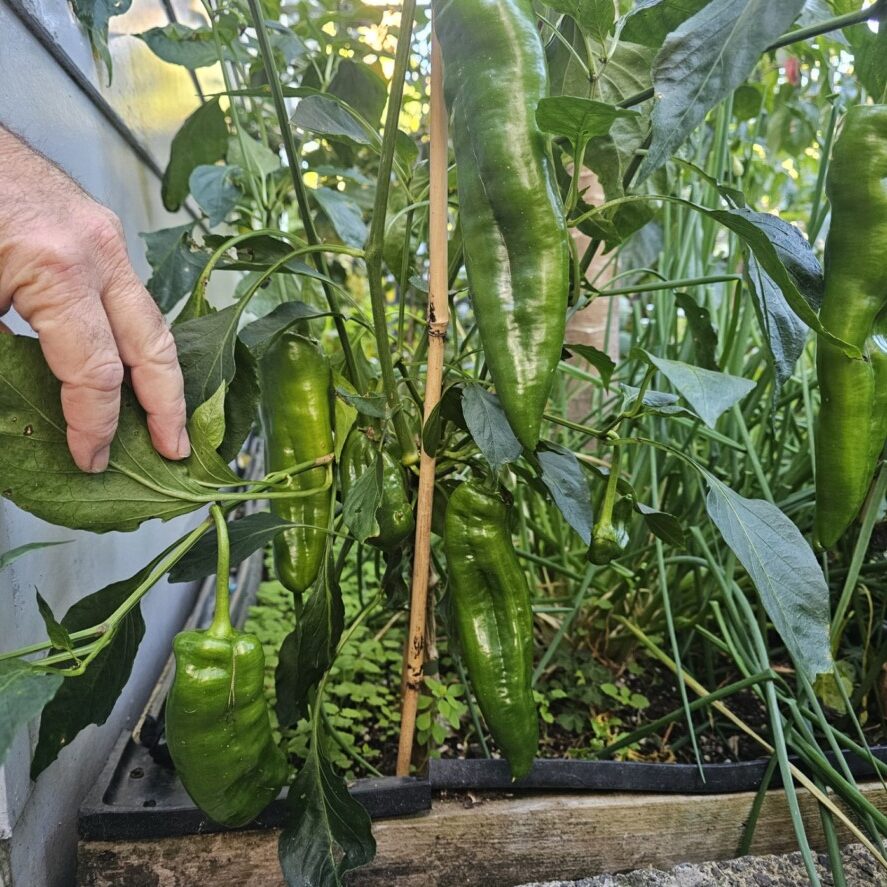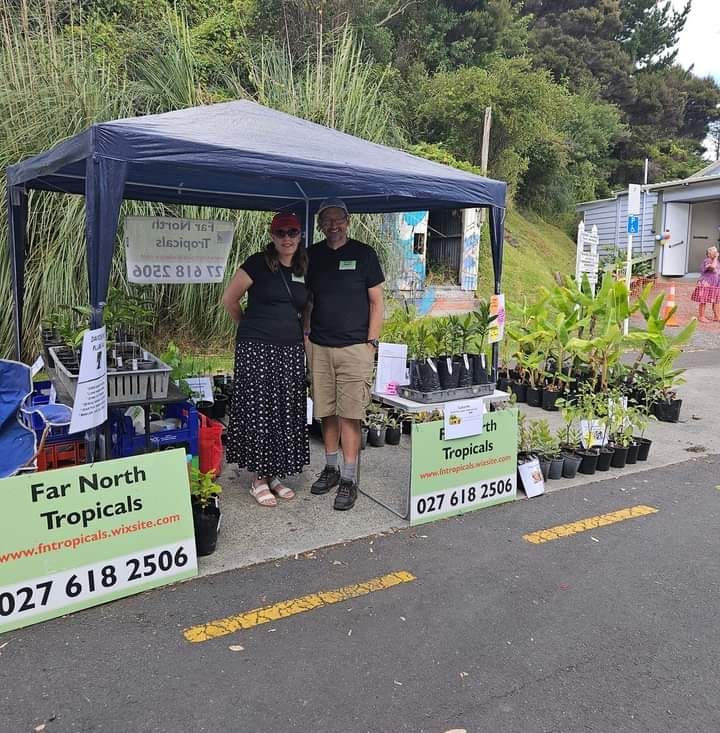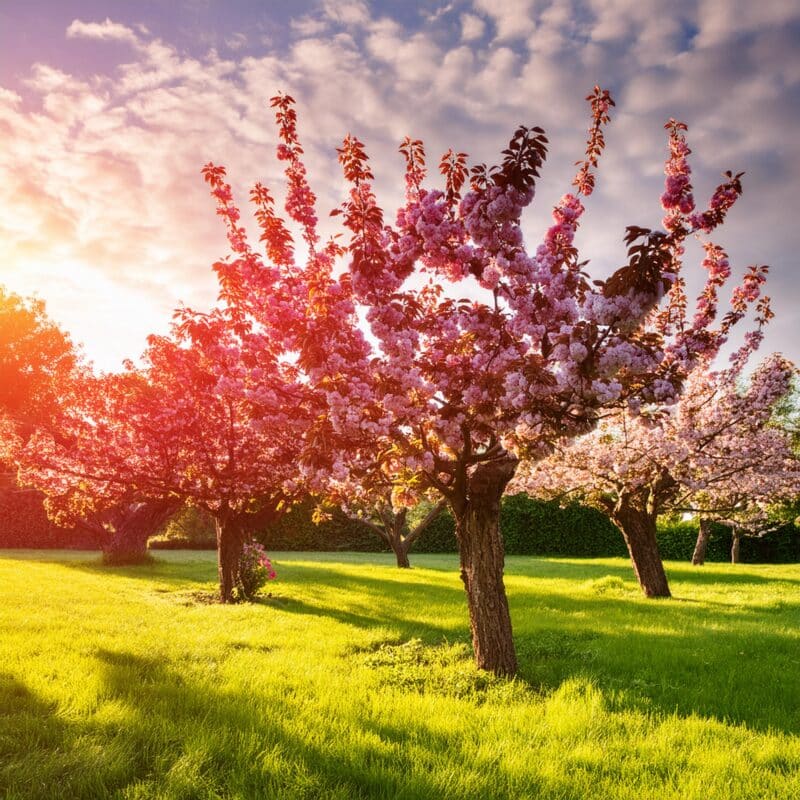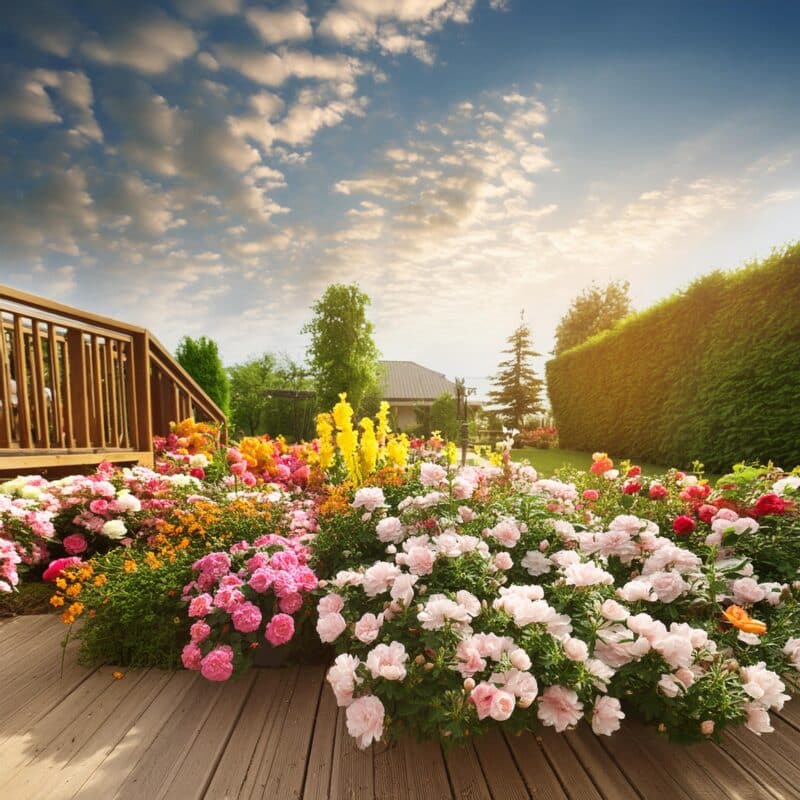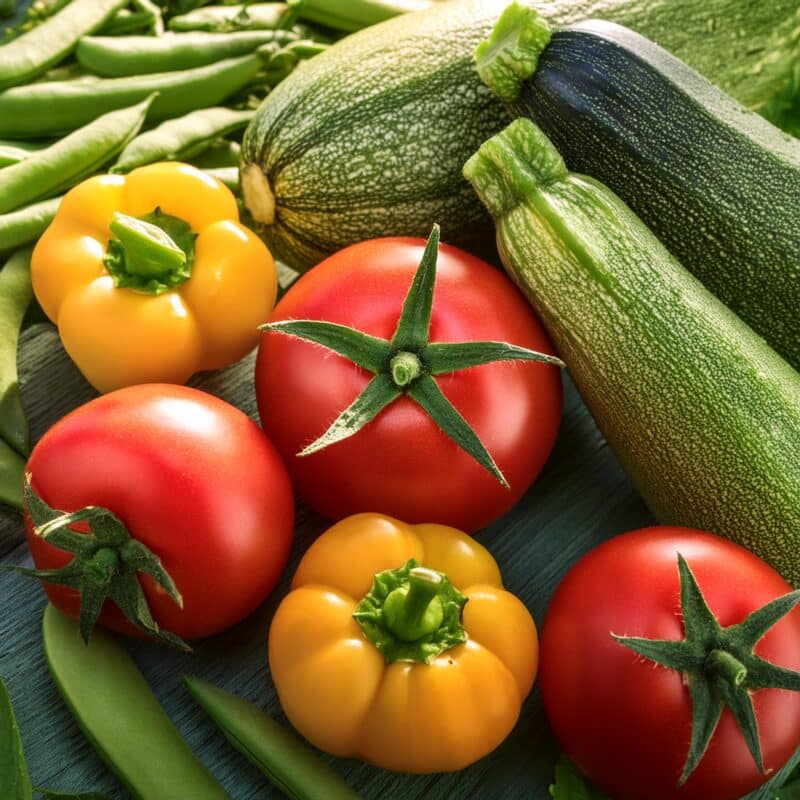
Blog
Why are my herbs hardly growing?
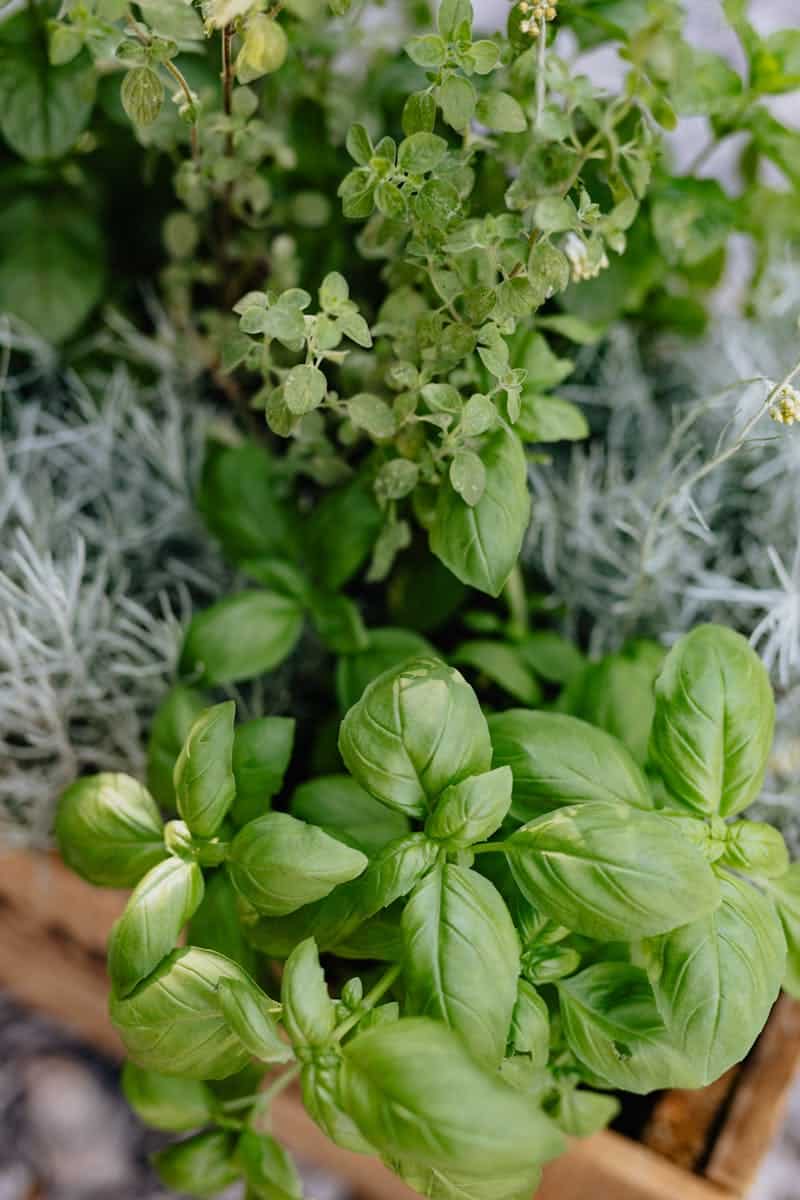
Question. Hi there, my coriander and basil are hardly growing – my favourite herbs! Any suggestions? I live in South Canterbury.
Answer. Hi there! It’s frustrating when your favorite herbs like coriander (cilantro) and basil struggle to grow. These herbs are not only delicious but also add a fresh, vibrant flavor to many dishes. Let’s explore some tips and strategies to help your coriander and basil thrive in South Canterbury.
Understanding the Needs of Coriander and Basil
Both coriander and basil have specific growing requirements that, when met, can lead to lush, productive plants. Here’s what they generally need:
- Sunlight: Both herbs prefer plenty of sunlight. Aim for at least 6 hours of direct sunlight each day.
- Soil: Well-draining soil is crucial. Both herbs do poorly in waterlogged conditions.
- Water: Consistent moisture is important, but avoid overwatering. The soil should be moist but not soggy.
- Temperature: Both herbs enjoy warm temperatures. Coriander can tolerate cooler conditions than basil, which thrives in warmth.
Tips for Growing Coriander
1. Choose the Right Location
Plant coriander in a spot that receives full sun to partial shade. Too much direct afternoon sun can sometimes cause the plant to bolt (go to seed) too quickly.
2. Prepare the Soil
Ensure the soil is well-draining and rich in organic matter. You can improve soil quality by adding compost or well-rotted manure before planting.
3. Planting and Spacing
Sow coriander seeds directly in the garden as they don’t transplant well. Plant seeds about 1/4 inch deep and space them 6-8 inches apart to allow for adequate air circulation.
4. Watering
Keep the soil consistently moist, especially during dry spells. Water at the base of the plants to prevent fungal diseases on the foliage.
5. Harvesting
Start harvesting the leaves once the plants are about 6 inches tall. Regular harvesting encourages bushier growth and delays bolting.
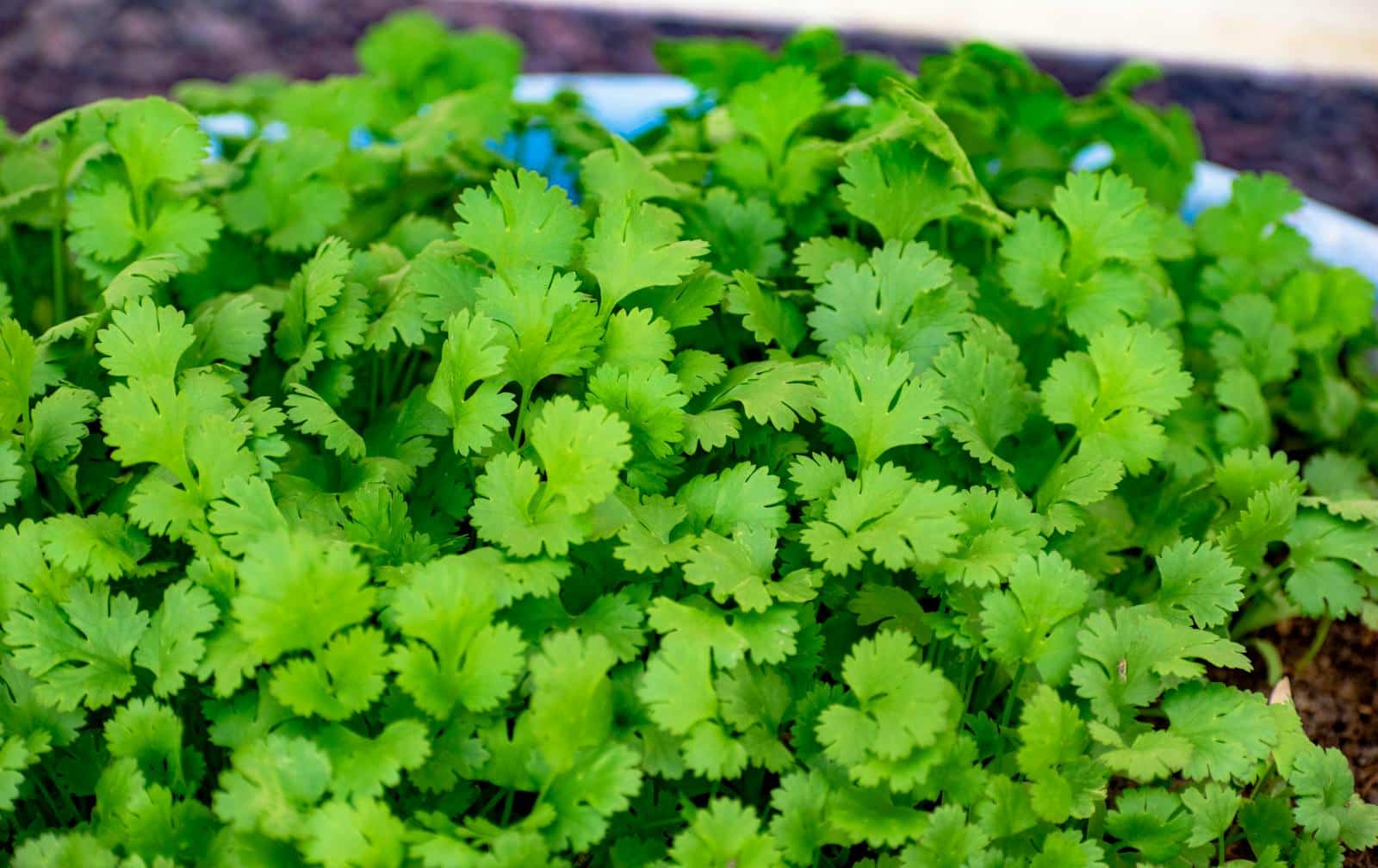
Photo by Rajesh S Balouria on Pexels
Tips for Growing Basil
1. Choose the Right Location
Basil loves full sun, so choose a location that gets at least 6-8 hours of direct sunlight daily. In South Canterbury, you might need to protect basil from cool winds.
2. Soil Preparation
Like coriander, basil prefers well-draining soil. Enrich the soil with compost or organic matter to provide essential nutrients.
3. Planting and Spacing
Plant basil seeds or seedlings after the last frost when the soil has warmed up. Space the plants about 12 inches apart to allow for air circulation and growth.
4. Watering
Water basil regularly to keep the soil consistently moist. Avoid overhead watering; water at the base of the plant to prevent fungal diseases.
5. Pinching and Harvesting
Pinch off the top leaves regularly to encourage bushier growth and prevent the plant from flowering too early. Harvest leaves from the top down, and use fresh or store properly for later use.
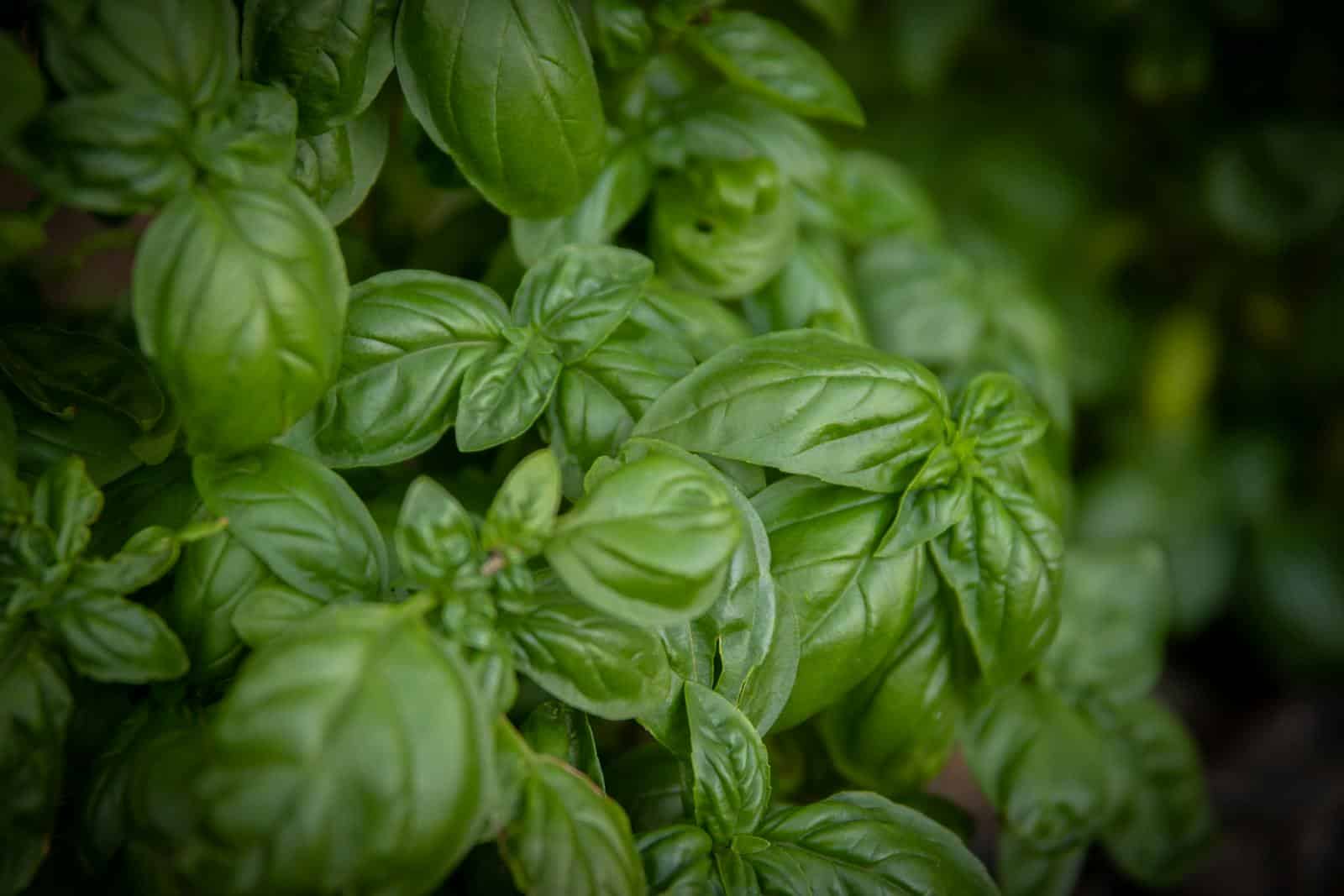
Photo by Magda Ehlers on Pexels
Additional Tips for South Canterbury
- Mulching: Apply a layer of mulch around your plants to help retain soil moisture, regulate temperature, and reduce weed growth.</
- Fertilizing: Feed your herbs with a balanced, organic fertilizer every few weeks during the growing season to promote healthy growth.
- Protection from Elements: Use cloches or row covers to protect young plants from unexpected cold snaps or strong winds.
- Container Gardening: If soil conditions are not ideal or if space is limited, consider growing coriander and basil in containers where you can control the soil quality and easily move them to the best locations for sunlight and protection.
Conclusion
With the right care and attention, you can successfully grow healthy and flavorful coriander and basil in South Canterbury. By ensuring they have the right amount of sunlight, water, and nutrients, and by protecting them from harsh conditions, your favorite herbs will thrive and provide you with abundant harvests.
Happy gardening, and enjoy the fresh flavors of your homegrown herbs!

